
Application
Artifact storage
Project Length
8 weeks
Height
3.5m
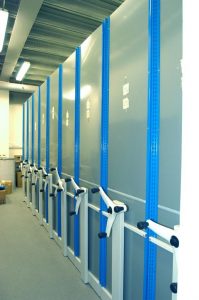
Invicta Mobile Shelving recently completed a major storage project at the Manchester Museum. The complex project required intensive organisation, innovation, and performance and was carried out by Invicta’s Corporate Storage Division. Invicta was chosen to undertake the project as a leading provider of storage solutions in the UK and Europe with specialist expertise and credentials in complex and demanding storage requirements.
The project was supported by the Heritage Lottery Fund, with the National Heritage Memorial Fund being a major contributor, and the specification outlined by the Museum was to achieve quality of the highest standards.
THE OBJECTIVE
Dr Velson Horie, the Museum’s Keeper of Artefacts, required totally new and specific storage facilities to house a wide range of numerous zoological, geological and ethnographic artefacts, many of which are irreplaceable.
To meet the stringent specifications required, the storage units needed to be totally custom designed and constructed to provide a controlled storage environment where temperature and humidity levels are crucial.
Invicta Corporate Storage Manager David Learoyd: “This was a demanding project which required detailed design, construction, supply, installation and commissioning to provide the necessary storage solutions required by the Museum. Invicta specialises in this type of bespoke application and the specification was constantly developed and improved in the course of the works. It was a real pleasure for all of us to be involved in a project that will help preserve our heritage for future generations.”
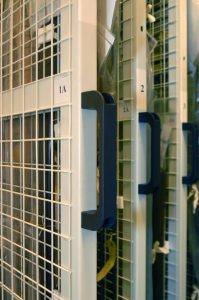 THE REQUIREMENTSTo fulfill the criteria and accommodate the many diverse artefacts, the storage units were required to provide safe, easy access and protection under the correct critical conditions, along with some display storage with security options.
THE REQUIREMENTSTo fulfill the criteria and accommodate the many diverse artefacts, the storage units were required to provide safe, easy access and protection under the correct critical conditions, along with some display storage with security options.
The project demanded great flexibility of design for a variety of different storage permutations, with mobile and static storage units being constructed, several up to 3.5m high. A huge range of internal fitments was installed, consisting of mesh, drawer and shelf storage, with labeling facilities and locking systems.
THE PERFORMANCE AND RESULTS
Dr Horie: “We had to develop a method of closing and sealing storage units to a level never before achieved, and go for higher and higher standards of performance. Invicta achieved the specification required by the Museum and then proceeded to surpass it.”
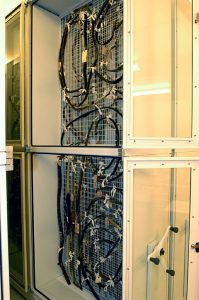
The relevant Invicta storage cabinets were tested in-situ at the Museum by an independent laboratory to determine the air change performance of the units. It was found that the units outperformed the required air filtration performance criteria by a considerable margin – the specification required by the Museum was 0.1 air changes per day and the Invicta units performed at 0.02 and 0.03 air changes per day respectively.
In the course of the works, five million artefacts were moved – and the remains of an extinct finch from the Galapagos Islands was unearthed, which was discovered originally by Darwin and used as data in his Theory of Evolution.
Dr Horie: “Invicta performed exceptionally – nature doesn’t come in a standardised format and we required a system that could be adapted to each individual application. Invicta designed and made the storage to suit our needs and we actually developed and improved our original specifications during the course of the project.





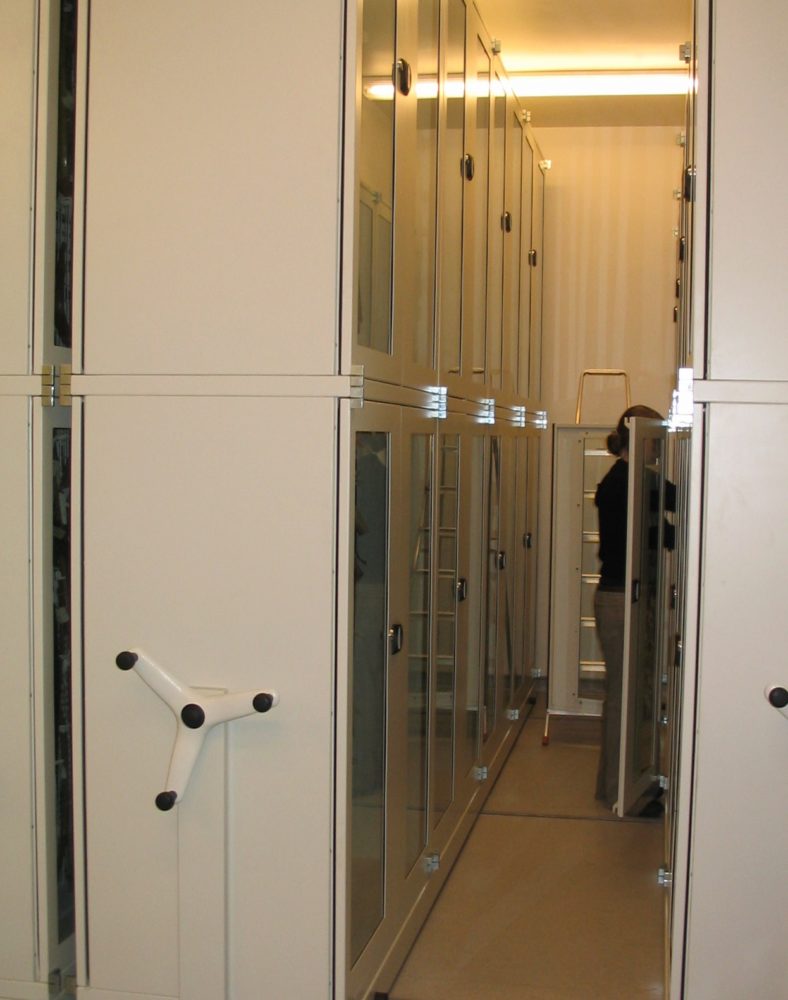
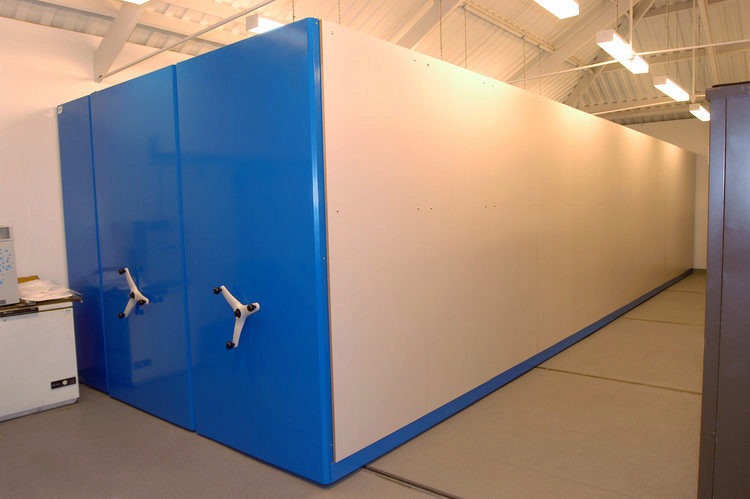
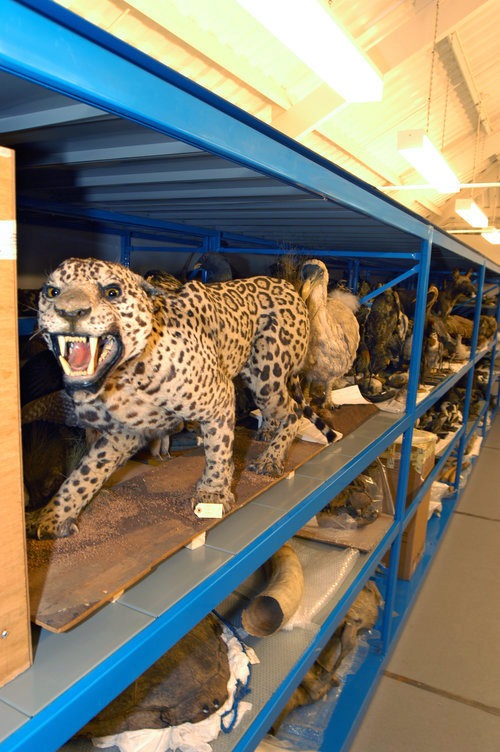
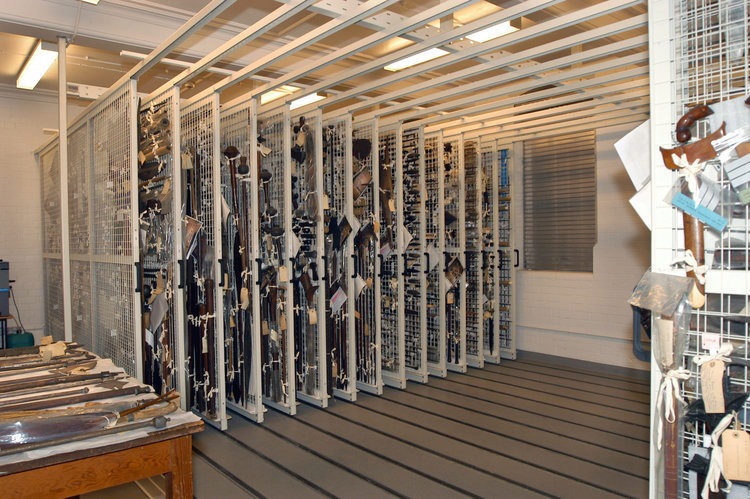








Share/Like this page